‘It’s our lifeblood:’ How publishers meet the video challenge in 5 charts

The biggest question for publishers prioritizing video isn’t Snapchat or Facebook Live, it’s simple economics. How many bodies can an organization throw at production and still keep the lights on?
Early entrants to video—Buzzfeed, Vox, MTV—have huge teams churning out streams of video content for every social platform. MTV’s daily video team alone employs 3 to 6 people, while Elite Daily reported a team of 25 producers in October.
“It definitely takes a lot more people to make a video than to write articles,” said David Grant, president of Popsugar Studios. “That’s just the nature of the beast.”
With that amount of overhead, it’s understandable that respondents to Wibbitz video strategy study reported that their greatest challenge is human resources. We’ve broken down some of the data in the five charts below. To learn more, along with the winning video strategies our publishers point to, download the full report now.
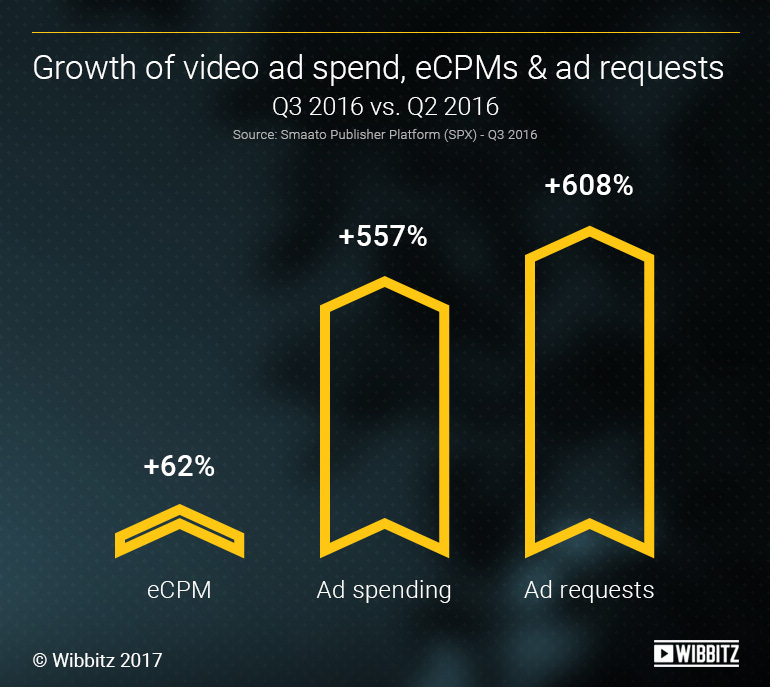
The importance of manpower
Staffing is the single biggest concern for publishers; 28 percent reported that human resource challenges are their biggest. Monetization followed at a close second at 24 percent. That balance seemed to prove difficult for Elite Daily, whose parent company wrote it down as a loss at the end of last year.
Ad position: web_incontent_pos1
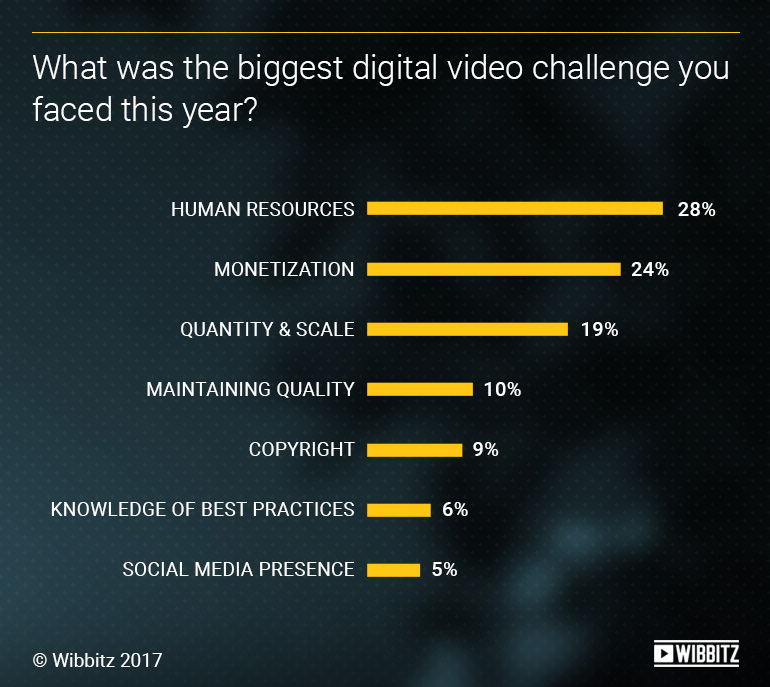
According to PopSugar’s Grant, the size of the teams needed to create video at scale is shrinking. “If you look at it in a big context, the number of people it takes to make video today compared to 20 years ago is revolutionarily low.”
That’s good news for 19 percent of respondents who reported that they struggle to produce enough video to meet their own platform needs as well as social media’s hungry maw. “We’ve generated big audiences [on social] but making enough video to fill that need is still an effort.”
No pulling back
Despite the challenges publishers still see video as a key piece of their editorial strategy, and they’re not pulling back. For 56 percent of publishers, video ranks as the single most important aspect of their editorial strategy in 2017.
Ad position: web_incontent_pos2
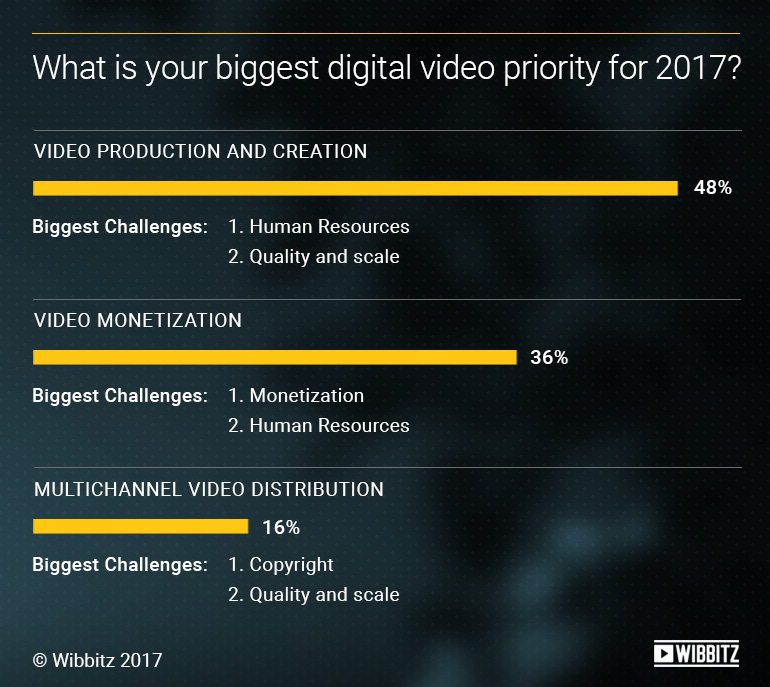
The Young Turks, a progressive leaning digital news network, relies primarily on digital video content to drive its editorial strategy and foster a community that now pays for its content. The company was one of the early participants in Google and YouTube’s Original Channels Initiative and later became an early adopter of the site’s subscription model. Steven Oh, the network’s Chief Business Officer, credits video with enabling TYT to develop a community engaged enough to support a subscription model.
“Video was our lifeblood. Without it, we would not exist right now,” he said.
Video pays the bills
While some publications can support a subscription and others license their videos for TV, most rely on the almighty advertiser dollar.
“Money will eventually follow where audience is,” said Grant. According to a report by advertising platform Smaato, it already is. Video spending increased by 557 percent between the second and third quarter of 2016.
Either way, 50 percent of publishers surveyed said they are committed to making video a key revenue stream. So are the social networks themselves. Facebook recently introduced a 55 percent revenue split with publishers, and its new mid-roll product might encourage them to make longer videos as a way to scoop up extra cash.
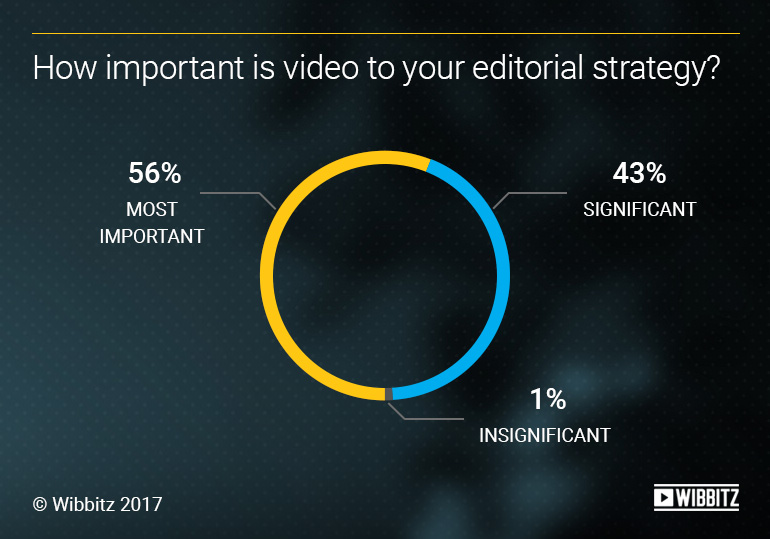
Video #Goals
Still, the talent piece dogs them. 48 percent of publishers will be throwing the bulk of their efforts into video production in the coming year. Monetization again followed closely at 38 percent.
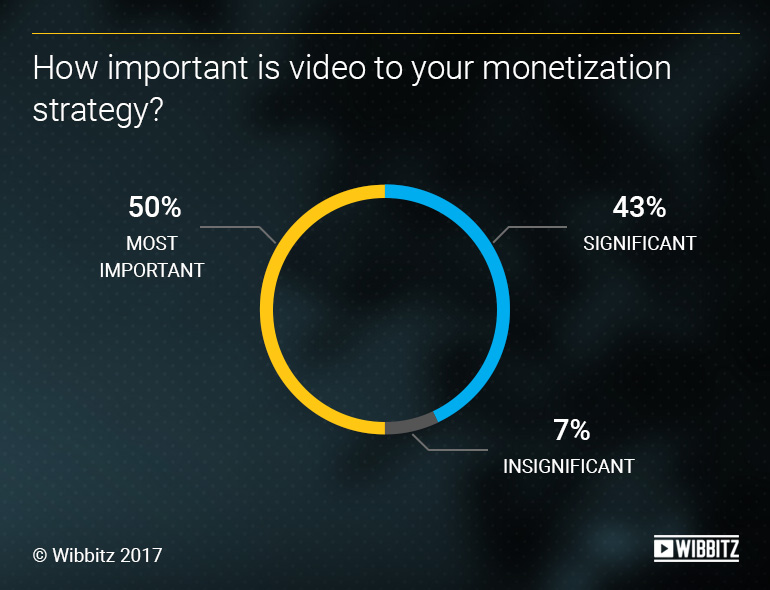
“We’re pushing hard on video this year,” said Sommer, with plans to grow their team and look for ways to shorten production time.
To learn more about how publishers should tackle video in 2017, download our full report, Winning Strategies for Digital Video.
More from Digiday
Sliders test article
Amazon bulldozes into new markets, upending the status quo and challenging rivals. Today, it’s the turn of the ad-supported streaming world, and Amazon is coming out of the gate strong. Why, you ask? Because Amazon is serving marketers an opportunity beginning today to reach a whopping 115 million monthly viewers in the U.S. alone, courtesy […]

How CTV and DOOH are growing this political season for smaller agencies
Connected TV and digital out-of-home are playing a bigger role in upcoming elections and politics – especially for smaller agencies looking to place clients’ dollars.
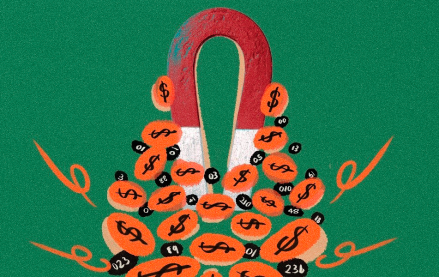
CMO Strategies: Advertisers identify the top attributes on ad-supported streaming platforms
This is the third installment in Digiday’s multi-part series covering the top ad-supported streaming services and part of Digiday’s CMO Strategies series. In this report, we examine which ad attributes matter the most to marketers on streaming platforms.
Ad position: web_bfu